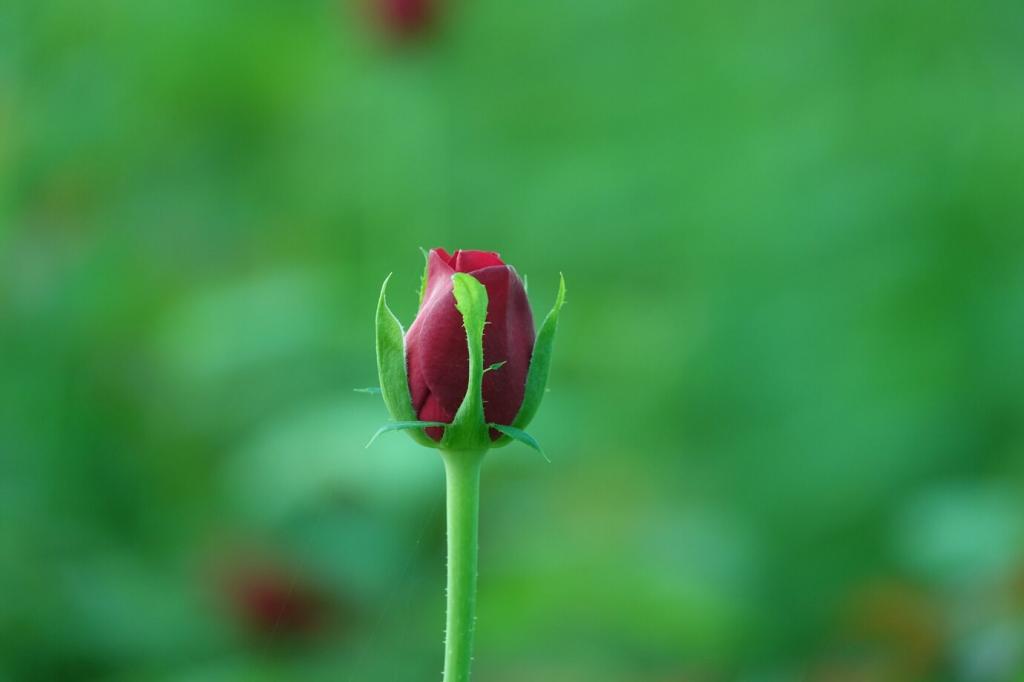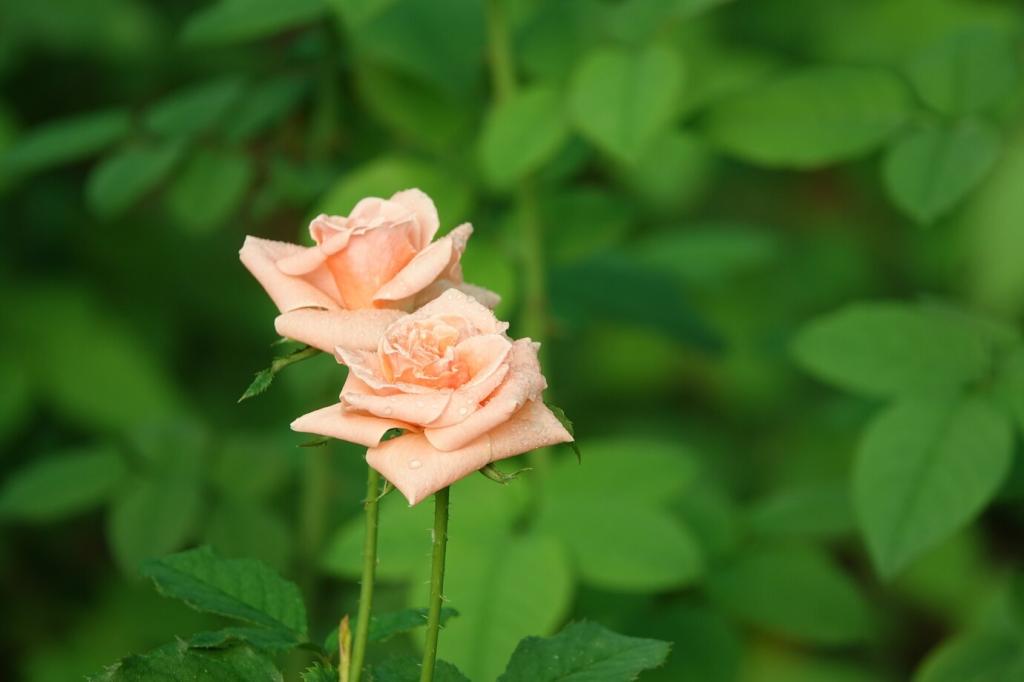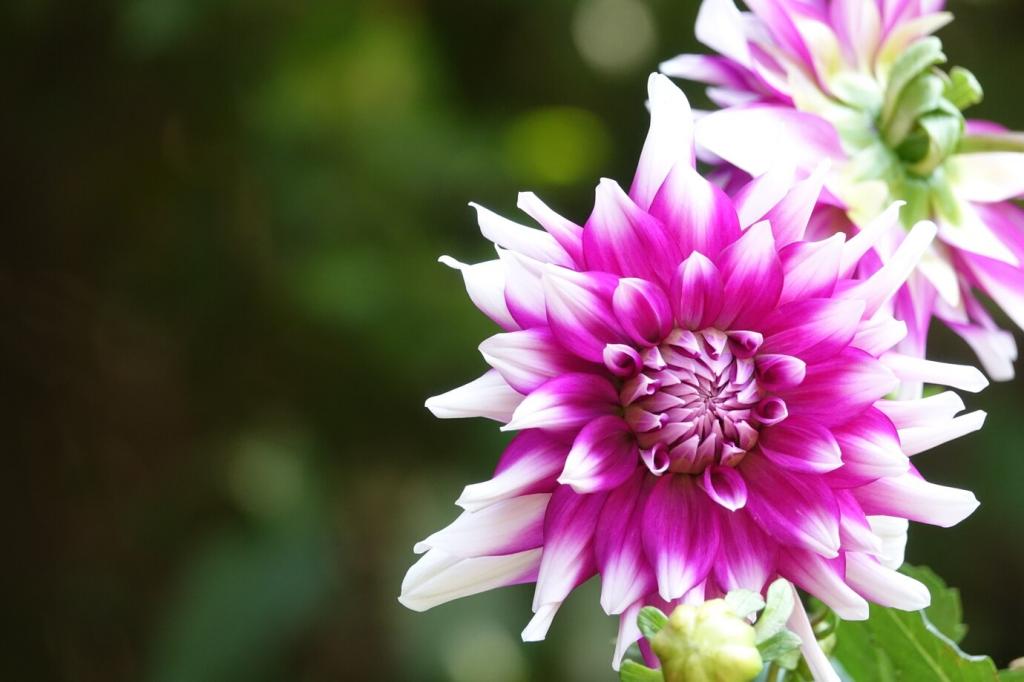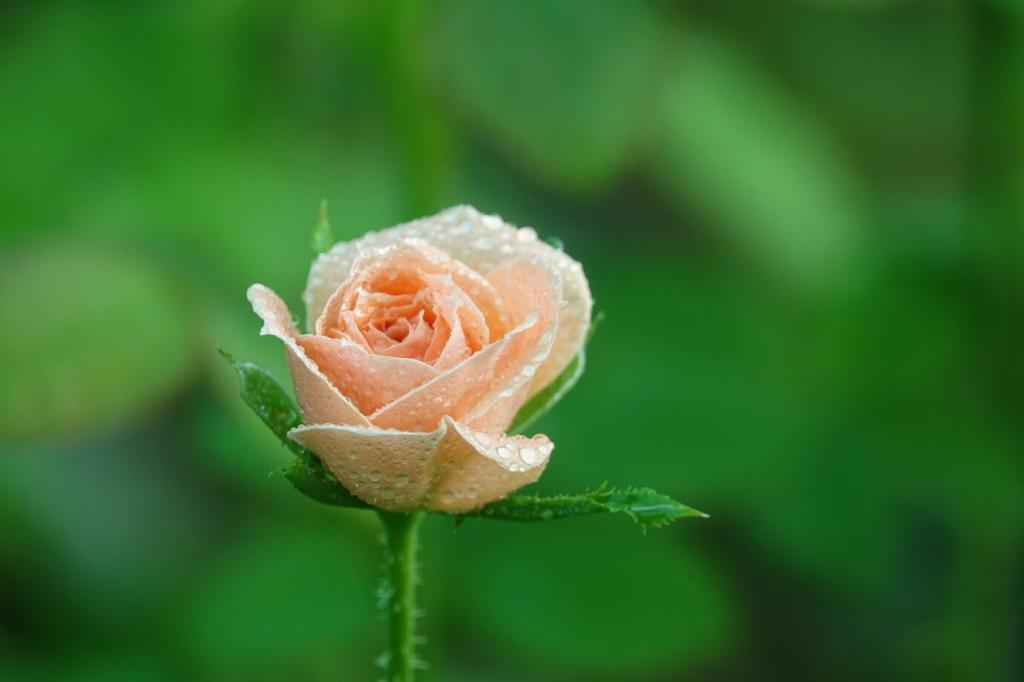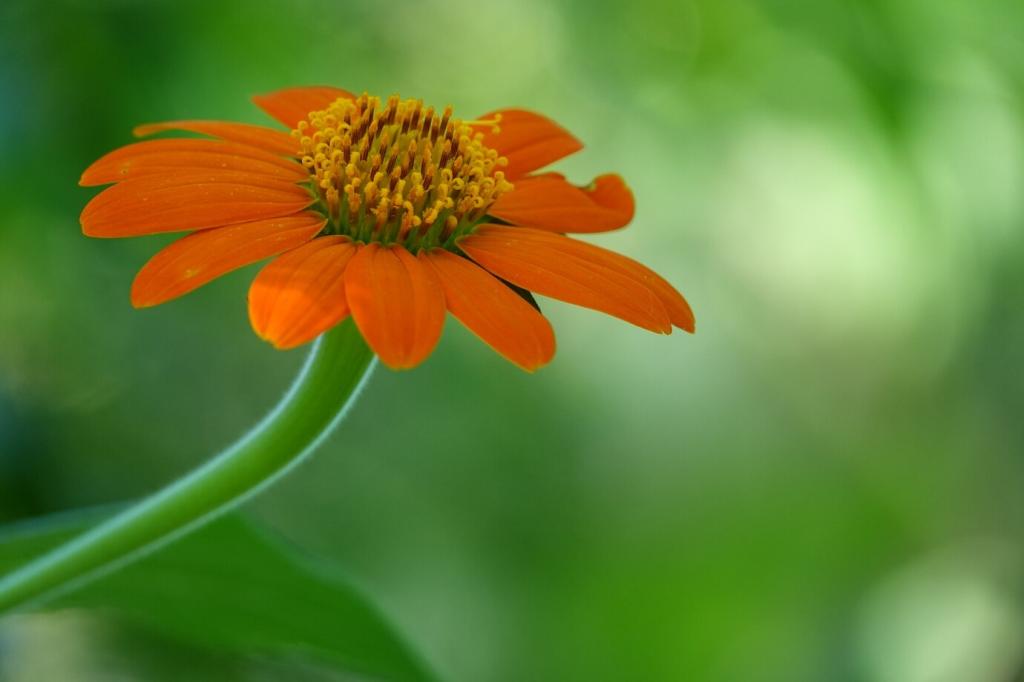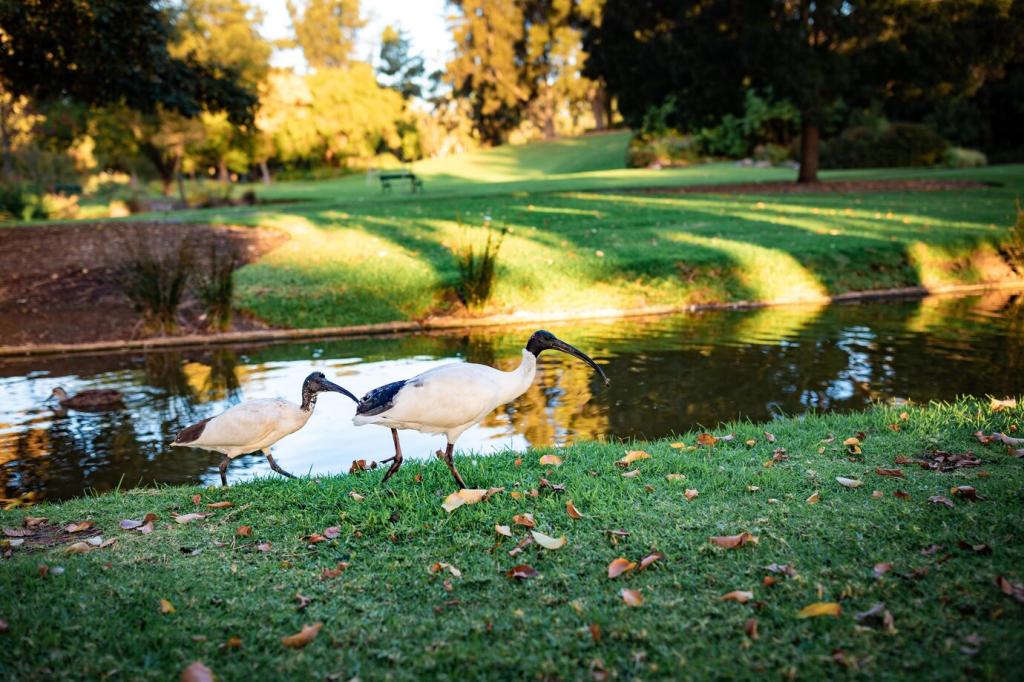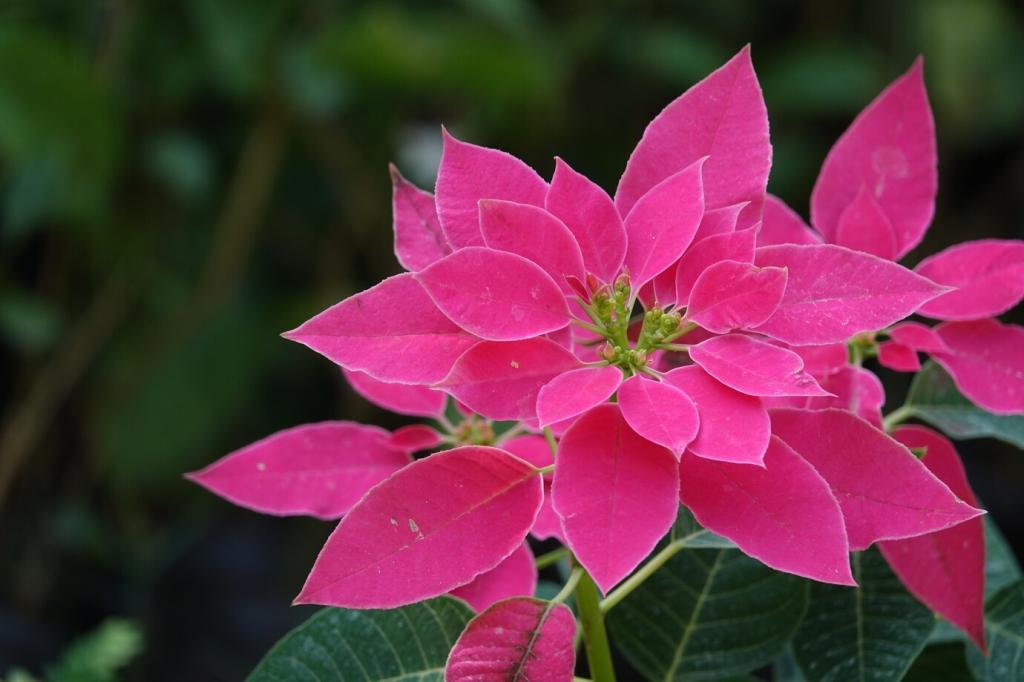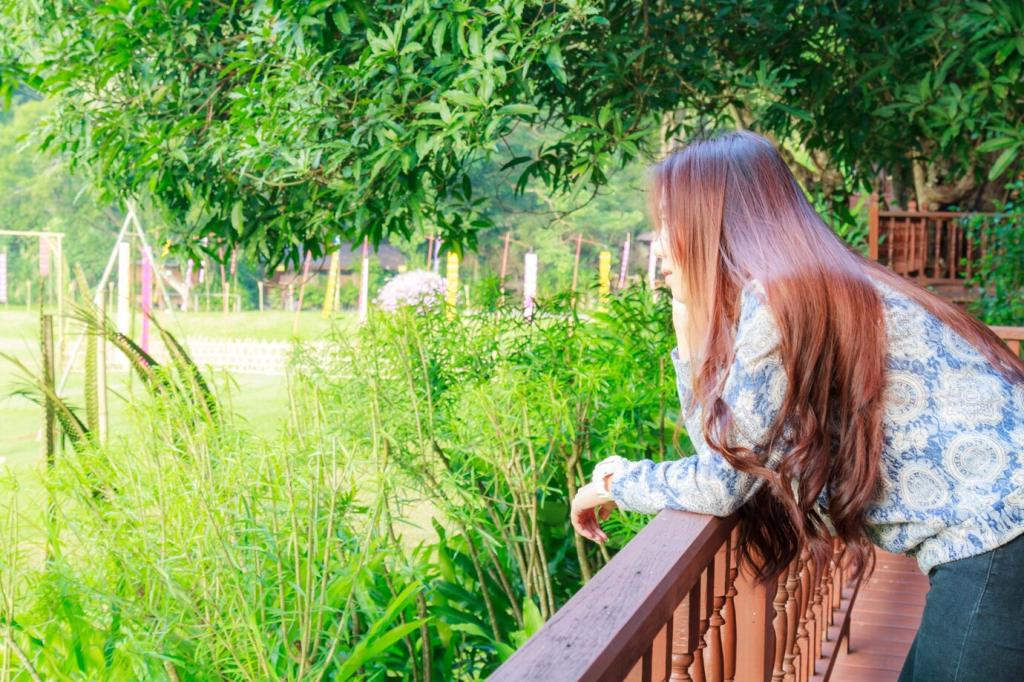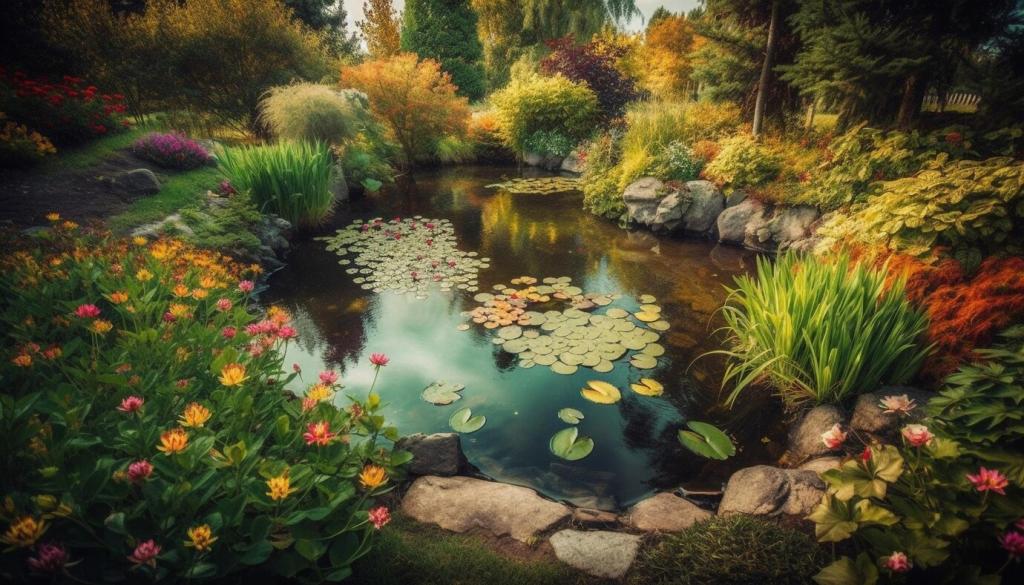Choosing the Right Site and Scale
Walk your yard or community space at different times of day. Notice sun, shade, wind, and noise. A level, well-drained area near sheltering trees or a fence often creates the most comfortable walking experience.
Choosing the Right Site and Scale
Backyard labyrinths can be as compact as three meters across or stretch to ten meters and beyond. Aim for 40–60 centimeters of path width per walker for comfort, especially if you plan group walks.

